Magnesium's reaction with carbon dioxide is a dramatic and beautiful demonstration to show that oxygen isn't always a prerequisite for fire and to reveal carbon's place in the reactivity series.
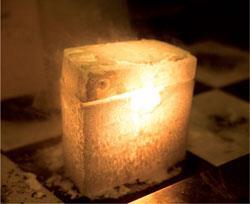
Kit
For CO2 preparation:
- wood saw
- chisel (or similar tool)
For the experiment:
- 10 kg dry ice block (available from cryogenic/gas suppliers and should be inexpensive if you can collect rather than have it delivered - there are some alternative procedures provided below if you are unable to acquire one)
- magnesium turnings
- heat resistant mats
- heat resistant gloves
- safety screens
- bunsen burner
Preparation
The block will last longer in one large piece, so prepare it shortly before its first use. One 10 kg block will easily give two blocks for use - cut it in half with a wood saw. The block will be brittle so cut carefully and avoid allowing any part to fall onto a hard surface, even from a small height. A lid can be made by cutting a 6-8 cm slice off this block.
Chisel out a cavity into the body of the block (use a smooth gouging action rather than hitting the chisel). The aim is to make a cavity at least 3 cm deep by 3 cm across. If the cavity is too wide, the block will sublime more quickly at the thin point reducing its usable lifetime. The chiselling process can be time-consuming. Once you have a small nest dug out, the hole can be further widened by burning small amounts of magnesium turnings in it in a similar fashion to the demonstration itself.
In front of the audience
The demonstration can be performed in the open lab. Remove all surrounding flammable materials and put down plenty of heat resistant mats to provide a buffer zone at least 30 cm in each direction. Work behind a safety screen, using one screen to protect the audience and one for yourself. The audience should be 2-3 m away.
Half-fill the cavity with magnesium turnings. Ensure there is at least 1 cm clearance above the magnesium to reduce the risk of turnings being ejected by the evolving gas as you close the lid. Heat the magnesium directly with a roaring flame and once the reaction is going, place the lid on.
Although the audience might guess that the magnesium will be extinguished rapidly, the reaction proceeds for some time. Many students will insist that there must have been enough oxygen to maintain the reaction. This would be a good point to remove the (now cool) ashes to show the white (magnesium oxide) and black (carbon) powders that have been produced. You could ask the students to suggest what has been made and why before revealing carbon's place in the reactivity series
Alternative procedures
If you are unable to acquire a block of dry ice, a pile of pellets will also work. However, it is less convincing that oxygen cannot penetrate to play a role in the reaction. Your local university chemistry department will probably be happy to provide you with some (or assist in the procurement of a dry ice block). Failing this, a simpler demonstration would be to show magnesium ribbon burning in a gas jar full of carbon dioxide although this reaction is less dramatic and the production of carbon is less obvious.
Teaching goal
Displacements appear at the heart of the chemist's toolkit for exhibition reactions. Surely just about everyone has, at some point, put pieces of metal into test tubes containing solutions of metal salts and used the reaction (or lack of) to produce a reactivity scale? Most students also get to see how dramatic and useful this kind of chemistry can be when they watch the thermite demonstration. From there they'll go on to look at the production of iron in the blast furnace and they may even reduce iron themselves on a match head. Having spent time talking exclusively about the reactivity of metals however, it can seem rather odd to throw in carbon for our convenience at this point when students haven't had any tangible experience of it. This demonstration bridges the gap very nicely.
Safety
Dry ice requires handling with goggles and thermal protection gloves. Avoid direct contact with eyes and skin and keep it away from students who may wish to play with it.
- Do not transport solid CO2 in the passenger compartment of a car unless the windows are open.
- Do not store or use in a confined space.
- Do not store in a sealed container.
There is a risk of burns from magnesium turnings 'spitting' out of the reaction. Continue to wear gloves, a lab coat and ensure there are no flammable materials nearby. Students should be 2-3 m away, protected by a safety screen.




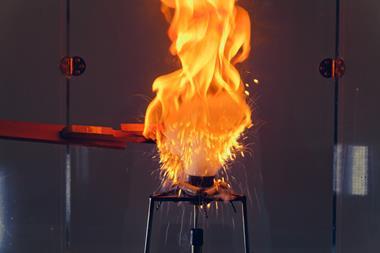
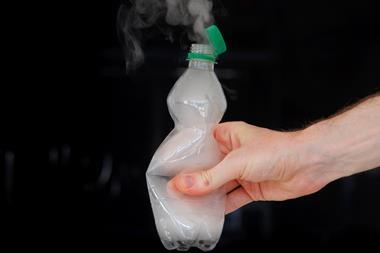
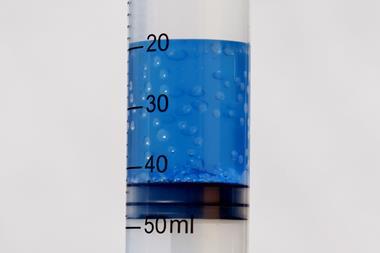
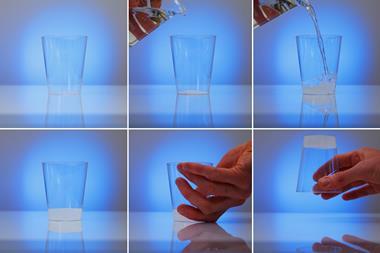
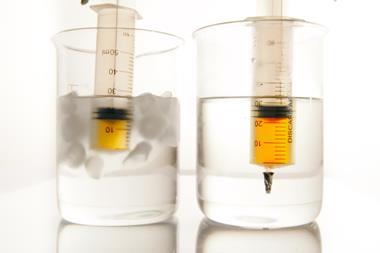
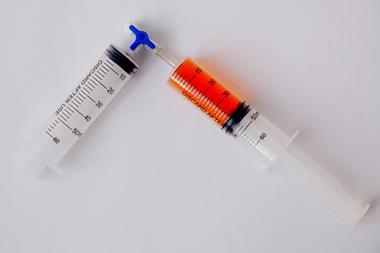








No comments yet